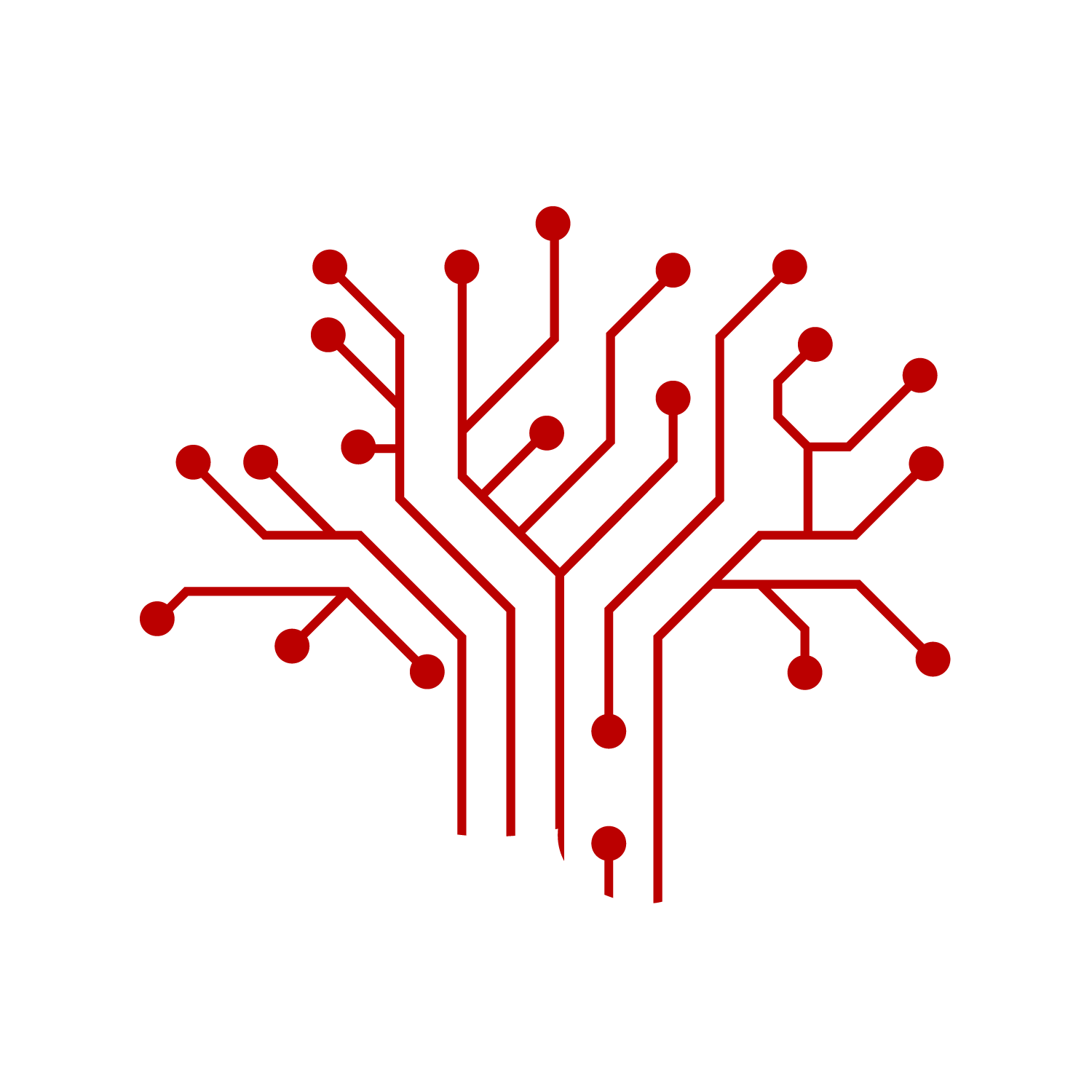Research sheds new light on performance under pressure
Research sheds new light on decreased performance under pressure
By Sara Vaccar
Media InquiriesChoking under pressure is a notorious phenomenon that has been the subject of intense scrutiny for decades. For the first time, researchers at Carnegie Mellon University and the University of Pittsburgh have shown that animals also exhibit this strange tendency.
We’ve seen it play out in the sports world time and time again: a single action from a single player can make or break the outcome of the game. For decades, this idea of being unable to perform when it matters most, or choking under pressure, has earned notorious status among top athletes and others. New research from Carnegie Mellon University and the University of Pittsburgh shows for the first time that this propensity is not unique to humans.
As part of the behavioral study recently published in PNAS, three Rhesus monkeys were trained to perform a challenging reaching task. Occasionally, a jackpot reward was offered, and when it was, performance declined, with up to 25% more failures. Subjects were also offered a drop of juice as a payoff. A closer analysis of reaching kinematics indicated that subjects decreased their performance, or choked, under pressure in part because they reached too cautiously on jackpot trials.
How can there be massive changes in neural activity and really minimal changes in kinematics? We’re wrestling with how this is possible.
Steve Chase, Professor, Biomedical Engineering and the Neuroscience Institute,Carnegie Mellon University
“Once the right parameters were dialed in and behavior stabilized, I was impressed by how robust the effect was,” explains Adam Smoulder, a graduate student at Carnegie Mellon and co-first author of the paper. “It didn’t seem to matter when that jackpot trial occurred; subjects’ performance ebbed and flowed according to the size of the potential payoff.”
Investigating the neural underpinnings of these findings is where the group is headed next. “In the recordings we captured from the subjects’ cerebral cortex, we’re seeing large changes in activity that come about as the reward changes,” explains Steve Chase, professor of Biomedical Engineering at Carnegie Mellon and the Neuroscience Institute. “This is fascinating, because the changes in the movement that differentiate between success and failure are really subtle. Now, we’re wrestling with how is that possible? How can there be massive changes in neural activity and really minimal changes in kinematics?”
The group’s research also demonstrates an important connection between sensory motor processing and emotional processing, historically believed to be unrelated systems.
“Our work opens the door for further exploration into the neuroscience of this phenomenon,” says Aaron Batista, professor of bioengineering at the University of Pittsburgh. “The fact that nonhuman animals also choke under pressure suggests that this behavioral quirk is something our biological systems are just wired to do. We shouldn’t be beating ourselves up over it or blaming professional athletes because they choke under pressure. It’s just something all brains do.”
We shouldn’t be beating ourselves up or blaming professional athletes because they choke under pressure. It’s just something all brains do.
Aaron Batista, Professor of Bioengineering, University of Pittsburgh
The group’s work is ongoing and done in collaboration with the Center for Neural Basis of Cognition, a cross-university research and educational program between Carnegie Mellon and the University of Pittsburgh that leverages each institution’s strengths to investigate the cognitive and neural mechanisms that give rise to biological intelligence and behavior. The PNAS paper was co-authored by Chase and Batista’s current and former graduate students, including co-first authors Adam Smoulder, Nick Pavlovsky and Patrick Marino, along with contributors Alan Degenhart and Nicole McClain.

